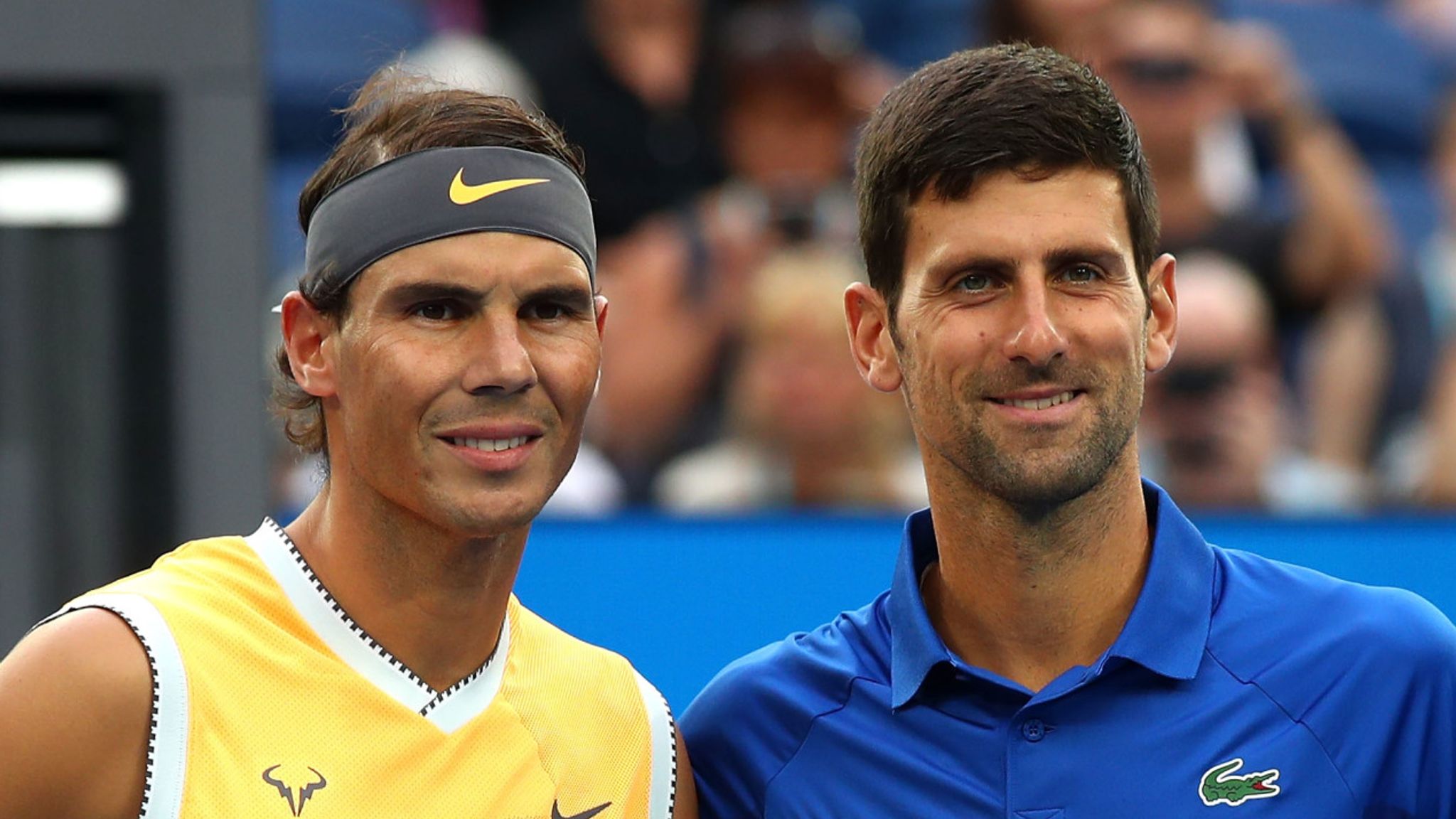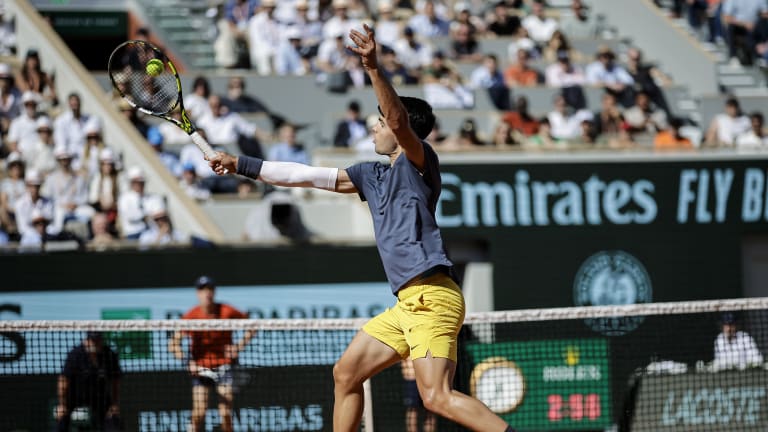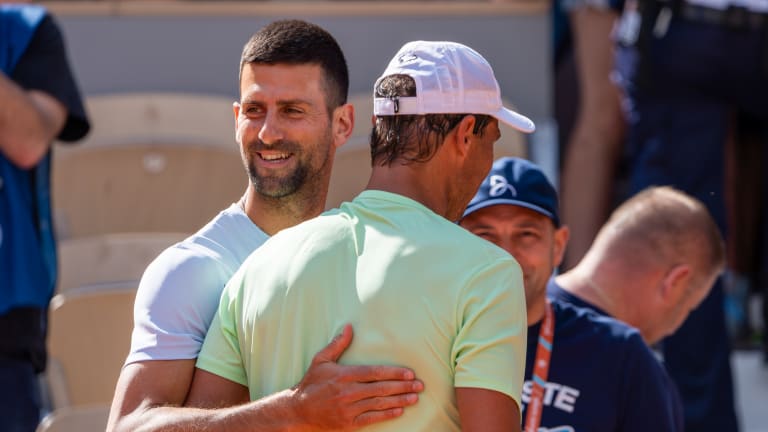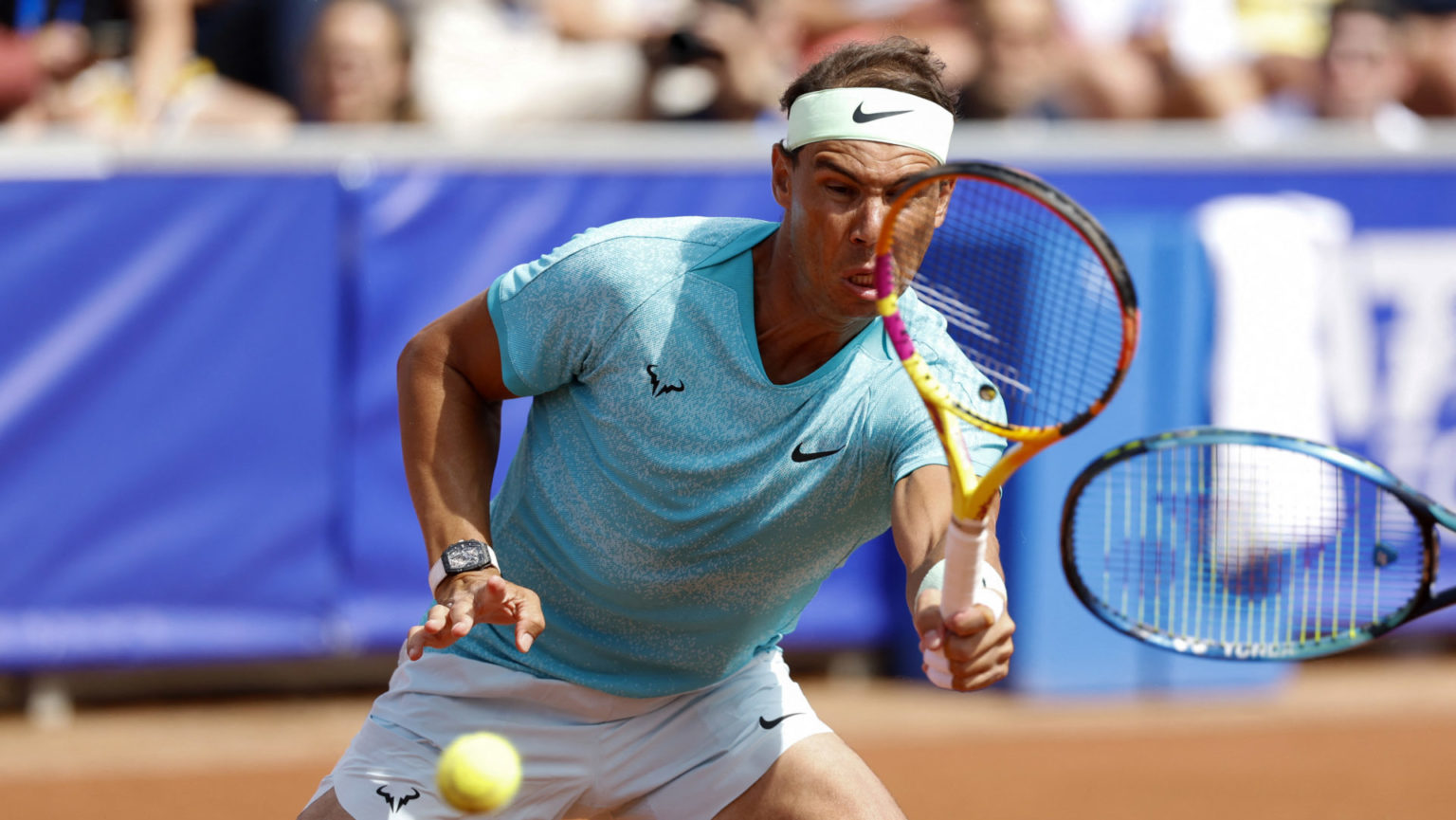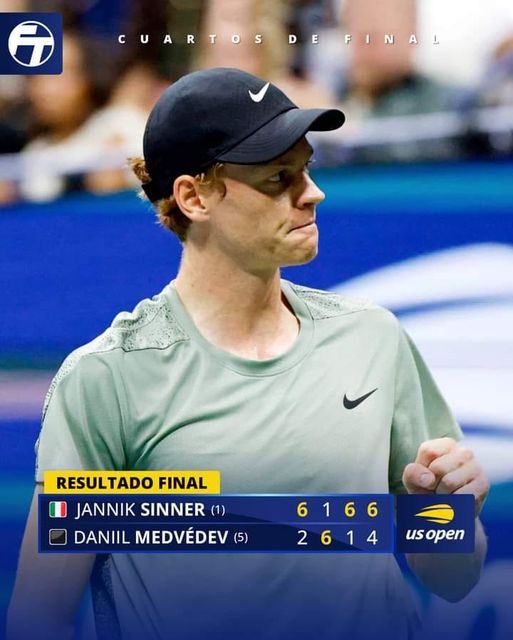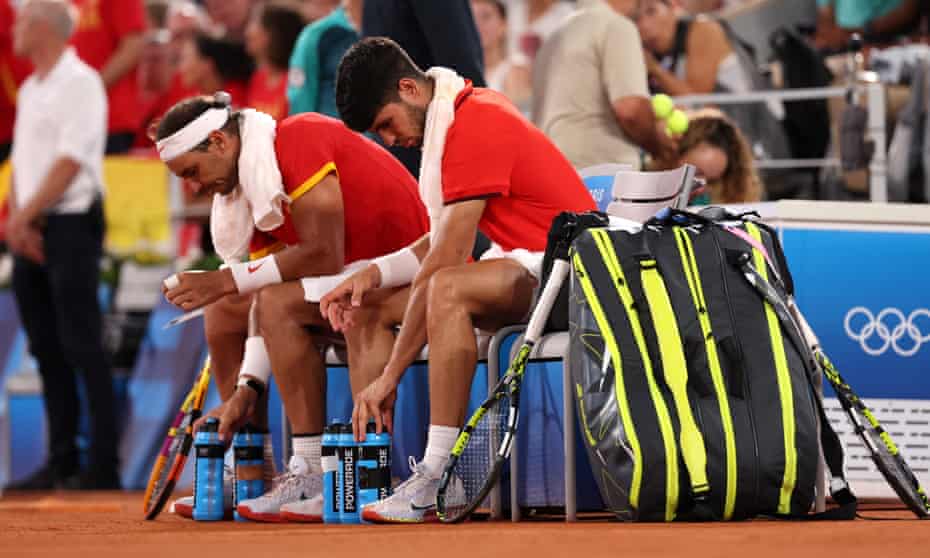Djokovic & Nadal: Return to Paris for an Event of Olympian Proportions
Most years following Roland Garros, Djokovic and Nadal proceeded immediately to Wimbledon, where jointly they’ve collected nine singles trophies at the All England Club (seven for Djokovic, two for Nadal). But neither is likely to be there this year, as Djokovic recovers from knee surgery and Nadal strives to stay fit. Both are instead orienting themselves towards the Summer Olympics that commence at Roland Garros on July 27. As the expression goes, “Here’s looking at you, clay. We’ll always have Paris.”
“My main goal now is to play the Olympics,” Nadal said following his first-round loss to Alexander Zverev in Paris.
As Nadal attempts to wind down his career, there’s a satisfying symmetry to him competing one last time in the Olympics at the location where he’s been incredibly successful. The Spaniard, who turned 38 on June 3, has won two gold medals, earning the singles at the 2008 Summer Games in Beijing, and the doubles alongside Marc Lopez at the 2016 Olympics in Rio de Janeiro.
While the beauty of a well-earned requiem moment dictates Nadal’s Olympic trip, for Djokovic it’s far more about unfinished business and the chance to add one more diamond to his crown. Recall that it was Serbia’s 2010 Davis Cup triumph run that later began Djokovic’s ascension to the top of tennis. At the Olympics, meanwhile, Djokovic’s best achievement has only been a bronze medal in the singles, earned back in 2008.
Speaking in April, Djokovic stated, “I said recently that I really wanted to play at least until the L.A. Olympic Games [in 2028], but you never know, at this stage. What can happen or how far I can go.” (This, of course, was before Djokovic had the knee injury that has required surgery.)
American Men: School’s Out for Summer
Each spring, like a pre-med student temporarily skipping the laboratory to take a literary class, American males fulfill their duty to attend a rigorous course of study on European clay. It’s an admirable endeavor, an almost two-month quest to compete effectively on a surface that has not been their natural training ground. Hand it to Taylor Fritz, Tommy Paul, Ben Shelton, Frances Tiafoe, Sebastian Korda and Christopher Eubanks for giving it a solid go. Fritz, in particular, performed pretty well, reaching the finals in Munich, semis in Madrid, quarters in Rome, and round of 16 at Roland Garros.
Now comes time for these players to aim themselves towards the events played on surfaces that reward their intrinsically aggressive tennis. Fritz and Eubanks have both been Wimbledon quarterfinalists. Paul, Shelton and Korda each enjoy to volley. Tiafoe at his best can hit just about any shot from anywhere. As spring gives way to summer, will the U.S. men heat up?
Scheduling Warrants a Deep Dialogue
Let’s be clear: Late night matches are not a problem. Early morning matches are. Once again, one such midnight incident took place at a major, Djokovic winning his third-round marathon over Lorenzo Musetti at 3:07 a.m.
Fans who attend and observe these instances may find them memorable and worth talking about with others. For players, though, they are dreadful. With leaders of multiple organizations exploring new ways to arrange the pro game, with the Djokovic-led PTPA willing to speak on behalf of players, surely now is the moment to approach scheduling less as inadvertent bad break and more as stated policy. One suggestion: Start no matches before 9:30 p.m.
